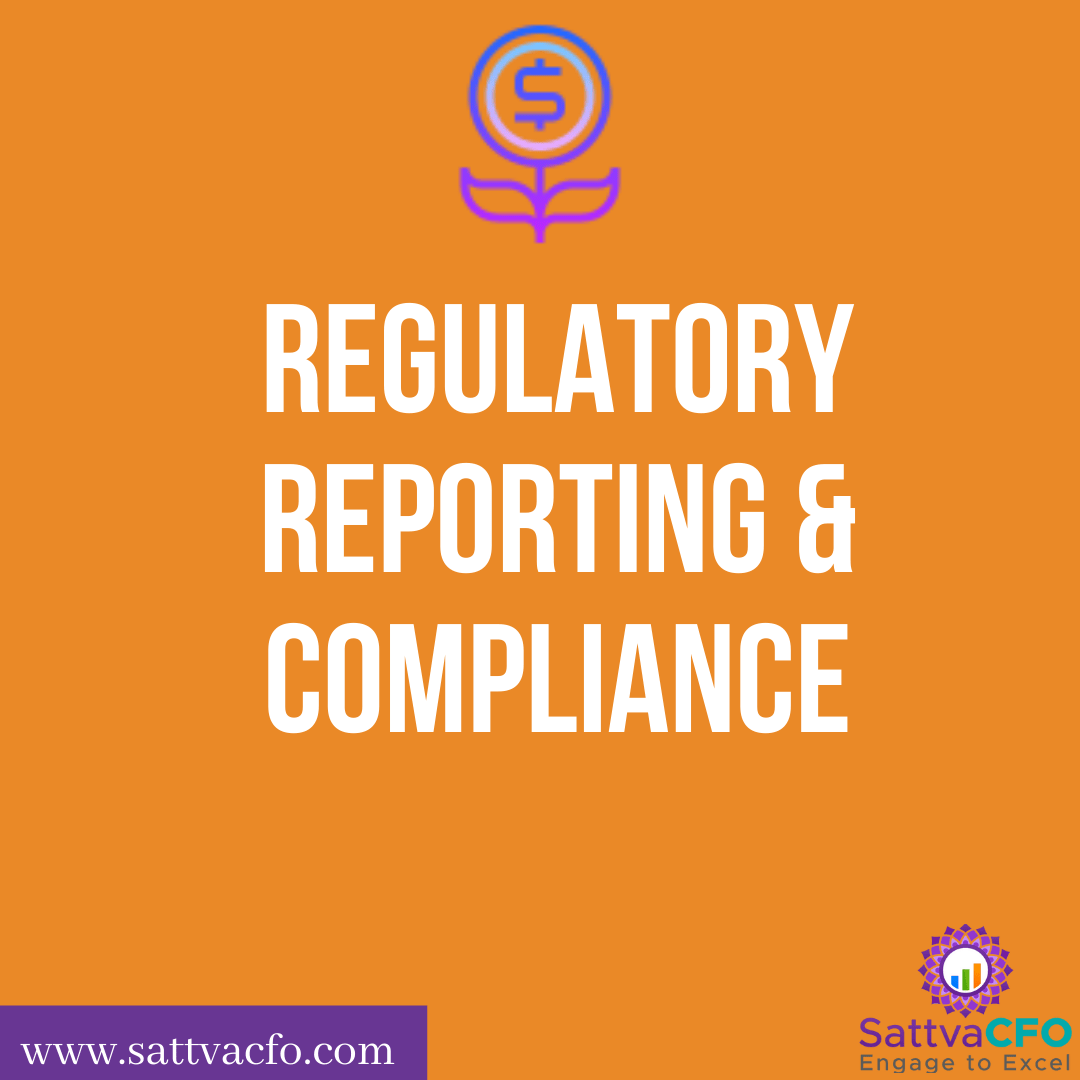Assessments are carried out by organizations to identify various types of organizational risk. They may, for example, undertake enterprise risk assessments to identify the organization’s strategic, operational, financial, and regulatory risks. The majority of the time, the enterprise risk assessment process is focused on identifying risks that could jeopardize the organization’s ability to meet its strategic goals. Many companies also perform internal audit risk assessments, which are likely to include financial statement risks and other operational and compliance concerns.
Regulatory Reporting & Compliance
Regulatory Compliance and Reporting should be considered as a logical extension of top management’s and corporate boards’ governance responsibilities. Only effective governance can ensure that compliance is in line with the company’s business objectives and risk management strategy and so adds actual value to the organization rather than just cost. The ultimate goal is to guarantee that the spirit of compliance and the letter of the law is embraced throughout the organization.
Key Challenges & Problem Statement
In our complicated regulatory and operating landscape, effectively maintaining internal controls to support financial reporting is increasingly top of mind. Accounting and finance firms are faced with operating effectively while maintaining strong comprehensive controls in the face of changing risk. Increasing Regulatory and Operational Complexity The volume of transactions that affect closure has increased due to globalization, intercompany commerce, and mergers and acquisitions. They’ve also created more silos and risks in financial and regulatory reporting further down the line.
In today’s global economy, Chief Financial Officers are primarily concerned with increasing income and lowering costs. However, compliance is a constant factor that will influence your growth strategy – and the results. Of course, a Chief Financial Officer’s primary focus is on performance management. However, the issue of compliance is increasingly underscoring the necessity for real-time, reliable, and relevant data to assess financial performance. The same can be valid for the CFO’s primary focus areas of growth and growth strategy and process optimization.
High-double-digit growth invariably necessitates expansion into other jurisdictions, which is commonly accomplished through mergers and acquisitions, bringing crucial local compliance issues with it. To achieve this trifecta of excellent company performance, growth, and efficiency, the CFO must have the correct degree of information, including knowledge of the often particular financial compliance standards in each jurisdiction in which they operate. Similarly, while the CFO seeks to improve the efficiency of company operations and cut expenses, they must also consider how to do so while adhering to all applicable rules and regulations.
Key Elements of Regulatory Reporting & Compliance Framework:
Organizational risks are increasingly appearing at a faster rate than ever before. Any risk management strategy must consider not only compliance and operational risks but also strategic execution concerns. While each compliance risk assessment is unique, the most effective have a few characteristics.
- Deep subject matter specialists from the compliance department and across the company must participate in a compliance risk assessment. People who live and breathe the business—those in specific functions, business units, and geographies—are the only ones who fully understand the risks to which the company is exposed, and they will guarantee that all significant risks are recognized and assessed.
- Rather than starting from scratch, look for ways to include compliance risk content into existing material, such as enterprise risk assessments, internal audit reports, and quality reviews. Make sure organizations you want to engage understand the differences between compliance risk assessments and other evaluations.
- A thorough compliance risk assessment can assist executives in identifying who is responsible for managing each type of risk and making it easier for them to keep track of risk mitigation initiatives, remediation efforts, and developing risk exposures.
- A risk assessment, by definition, is based on knowledge about developing threats and regulatory behavior, both of which are not always well recognized within the business. Incorporating outside expertise into the evaluation can help inform it and ensure that it includes a thorough awareness of upcoming compliance issues.
- Practical compliance risk assessments aim to maintain a consistent approach that is carried out across time.
FAQ’s on Regulatory Reporting & Compliance
What is Compliance reporting?
In its most basic form, a compliance report describes how effectively a firm is or is not complying with a specific regulation that relates to the company. The compliance officer usually (but not always) writes the compliance report, which is distributed to various audiences, including the board of directors, senior executives, regulators, business partners, and others.
Can the CFO act as a compliance officer?
Yes, the CFO can model as a compliance officer.
How can SattvaCFO help in Regulatory Reporting & Compliance?
Regulatory Reporting & Compliance is a subset of Governance Framework. Good Governance helps companies to reduce risk and accomplish Company’s Objectives. SattvaCFO’s experienced professionals can support in embracing key compliances and thereby helps to achieve business objectives. SattvaCFO offers Finance Business Partnering, Advisory Services, Management Consulting, Finance Partner – F&A, and Regulatory Reporting & Compliance.
Also read:




